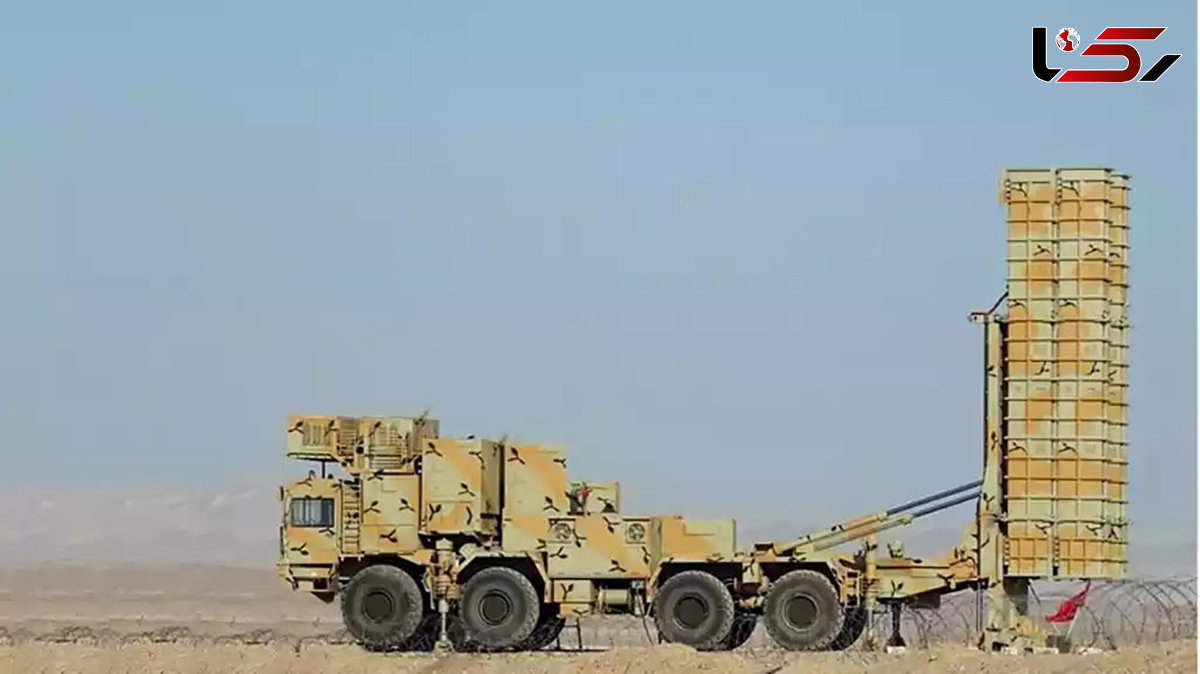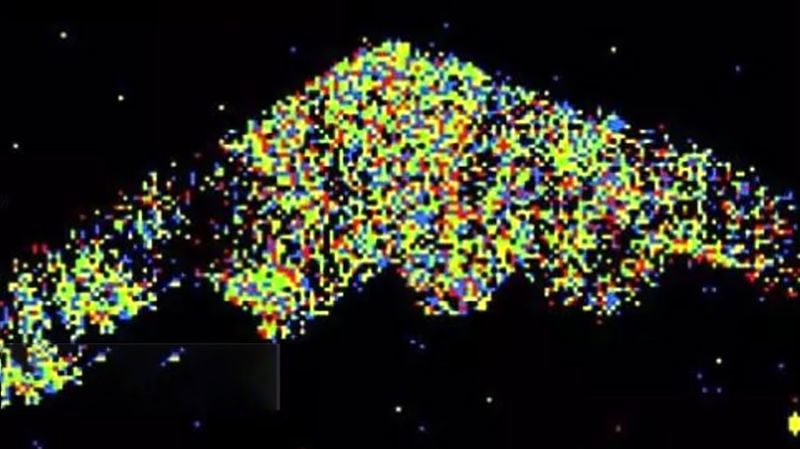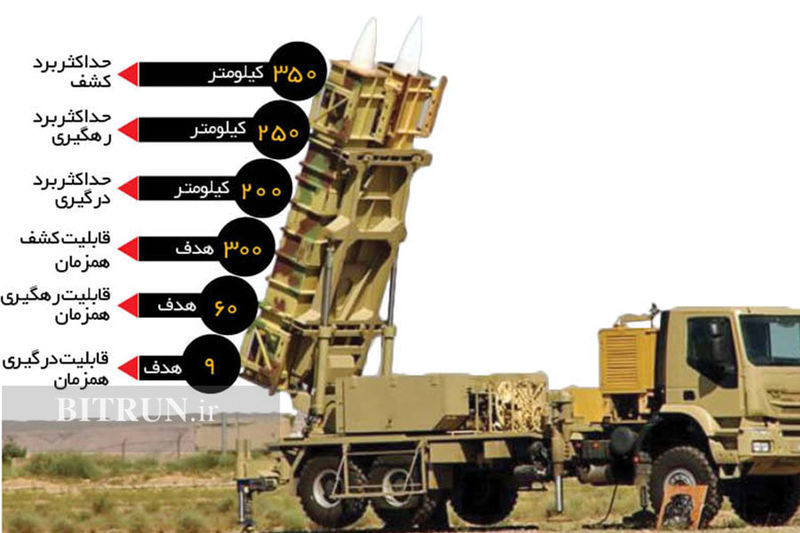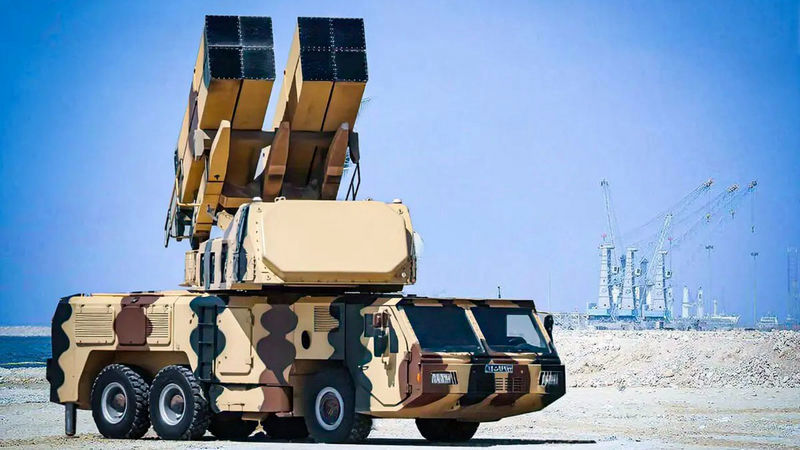Can the New Generation of Bavar-373 with Quantum Radar Stand Against the F-35?
Rokna: Can Iran, by employing quantum radar in the new version of the Bavar-373, effectively counter the stealth fighter jet F-35? An analysis of the real capabilities of this system against the fifth generation fighter.

According to Rokna, while fifth-generation fighters like the F-35 pose a serious threat to traditional air defense systems due to their reliance on stealth technology, there are now speculations about the development of an advanced version of the "Bavar-373" system incorporating quantum radar technology—a technology that could revolutionize the rules of engagement in future aerial battles. Has Iran, by integrating these modern technologies, reached the ability to effectively confront the F-35?
It should be noted that this type of radar remains under research, and its success is still uncertain. The following article merely reviews the latest cutting-edge technology and the hypotheses put forth.

What is Quantum Radar?
It must be emphasized that quantum radar is one of the most advanced modern technologies in the field of aerial target detection and identification, operating based on the principles of quantum mechanics. Unlike conventional radars, which rely on sending and receiving electromagnetic waves, quantum radar utilizes entangled photons to detect stealth targets such as the F-35.
Features, Advantages, and Challenges of Quantum Radar
| Feature / Aspect | Explanation |
|---|---|
| Technology Type | Modern, based on quantum entanglement |
| Signal Type | Entangled photons (not traditional radio waves) |
| Primary Objective | Detecting stealth targets; resistant to jamming |
| Main Advantage | Identification of targets with very low radar cross-section (e.g., F-35) |
| Resistance to Electronic Warfare | Very high; difficult to deceive or jam |
| Current Operational Range (Global) | Limited (a few kilometers in experimental versions) |
| Challenges | Requires advanced photonic technology, ultra-cooling, highly sensitive equipment |
| Status in Iran | In research and laboratory phase; no confirmed operational prototype yet |
| Future Potential | Revolutionary for multi-sensor air defense, especially against fifth-generation aircraft |
In this technology, a pair of photons are generated in an entangled state. One photon is sent toward the target, while the other remains as a reference within the system. By analyzing the interaction of the returning signal photon with the reference photon, highly precise information about the target's location and characteristics can be obtained—even under conditions of signal weakening or interference.

The Dream of Countering Fifth Generation Fighters
The long-range air defense system "Bavar-373," often referred to as the "Iranian S-300," has continued its development in recent years and is now introduced in new versions with enhanced capabilities for engaging stealth targets. It is even claimed that this system performs better than the S-300 and is on par with the S-400.
Currently, a scenario is proposed
in which Iran could domestically produce quantum radar and integrate it within a combined system that includes phased array radar, passive radar, infrared, and quantum radar components, aimed at countering the U.S. stealth fighter F-35.
Iran’s Next-Generation Air Defense Against the F-35
This analysis assumes that Iran has successfully designed an advanced air defense system with the following features:
| Component | Capability/Advantage |
|---|---|
| Phased Array Radar | Precise active tracking at long ranges |
| Passive Radar | Detection without emission (counter electronic warfare) |
| Optical/Infrared Radar | Detection of aircraft engine heat signatures |
| Quantum Radar | Photon-based detection of stealth targets with high accuracy |
| Combined Command Center | Data fusion for faster, coordinated response |
What is the Real Probability of Destroying the F-35 in This Scenario?
If Iran attains such a system, how capable would it be against the F-35? The following table provides an approximate estimate of the success probability at different stages:
| Stage | Probability of Success |
|---|---|
| Initial Detection of F-35 | ✅ 70% to 85% |
| Stable Tracking | ✅ 60% to 75% |
| Successful Missile Launch | ⚠️ 50% to 65% |
| Final Hit on F-35 | ⚠️ 40% to 60% |

Challenges Remain
Despite the high capabilities of the proposed scenario, several obstacles remain for Iran:
-
Operational Development of Quantum Radar: Worldwide, this technology remains limited to experimental stages.
-
Necessary Equipment for Quantum Technology: Components such as special photon sources, single-photon detectors, and ultra-cooling systems are mainly under sanctions and are scarce.
-
Complexity of Real Combat: The F-35 typically operates alongside jammers and stand-off missiles, not alone.
Conclusion
Although achieving the integration of quantum radar with an advanced system like the Bavar-373 remains a forward-looking hypothesis for Iran at present, if realized, it could dramatically alter the balance of power in air defense and significantly enhance Iran's deterrent capability against fifth-generation U.S. fighters such as the F-35.
Until then, the path involves progressive development of fundamental technologies, localization of quantum equipment, and employing artificial intelligence in managing multi-layered defense systems step by step.

Send Comments